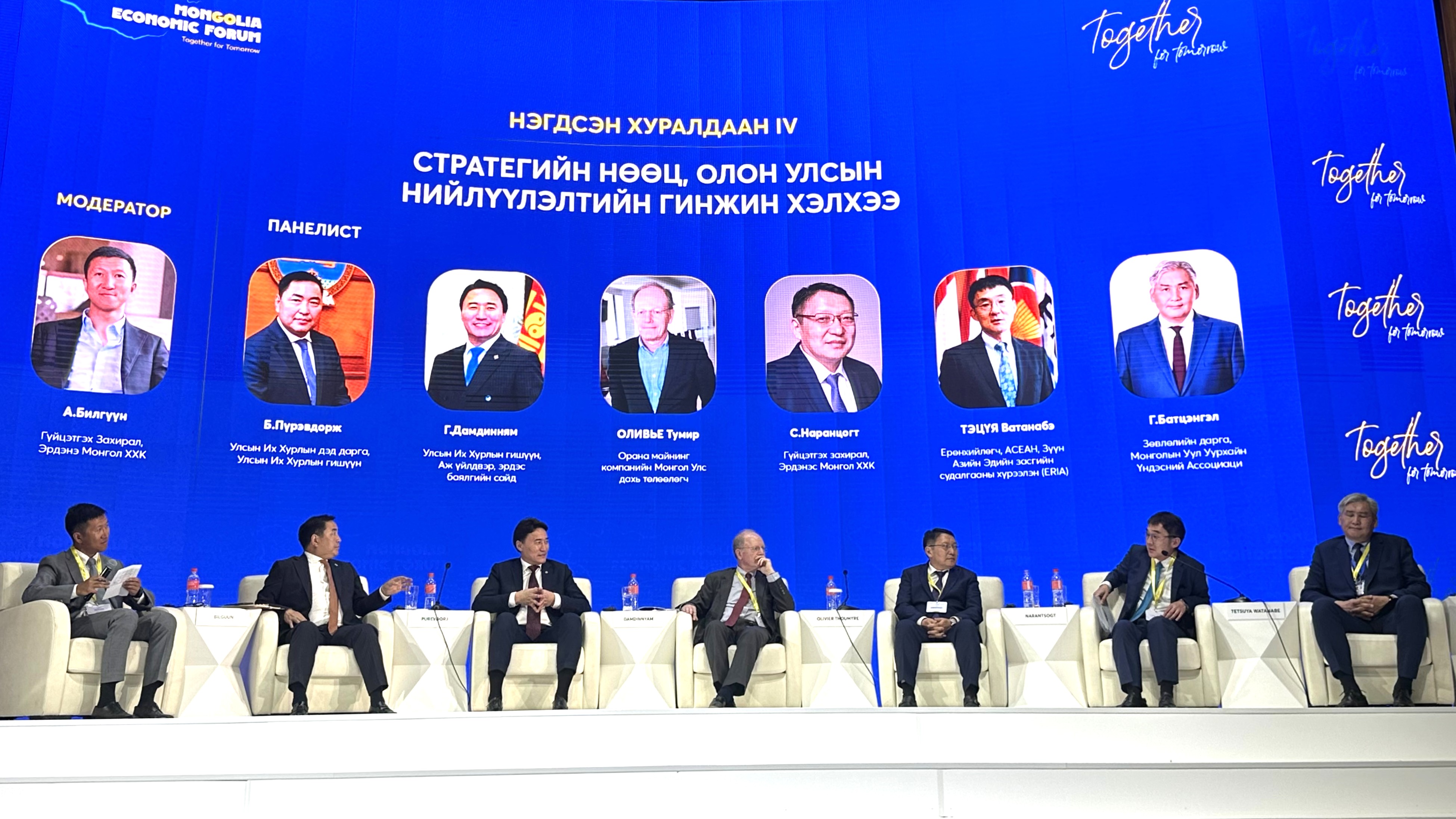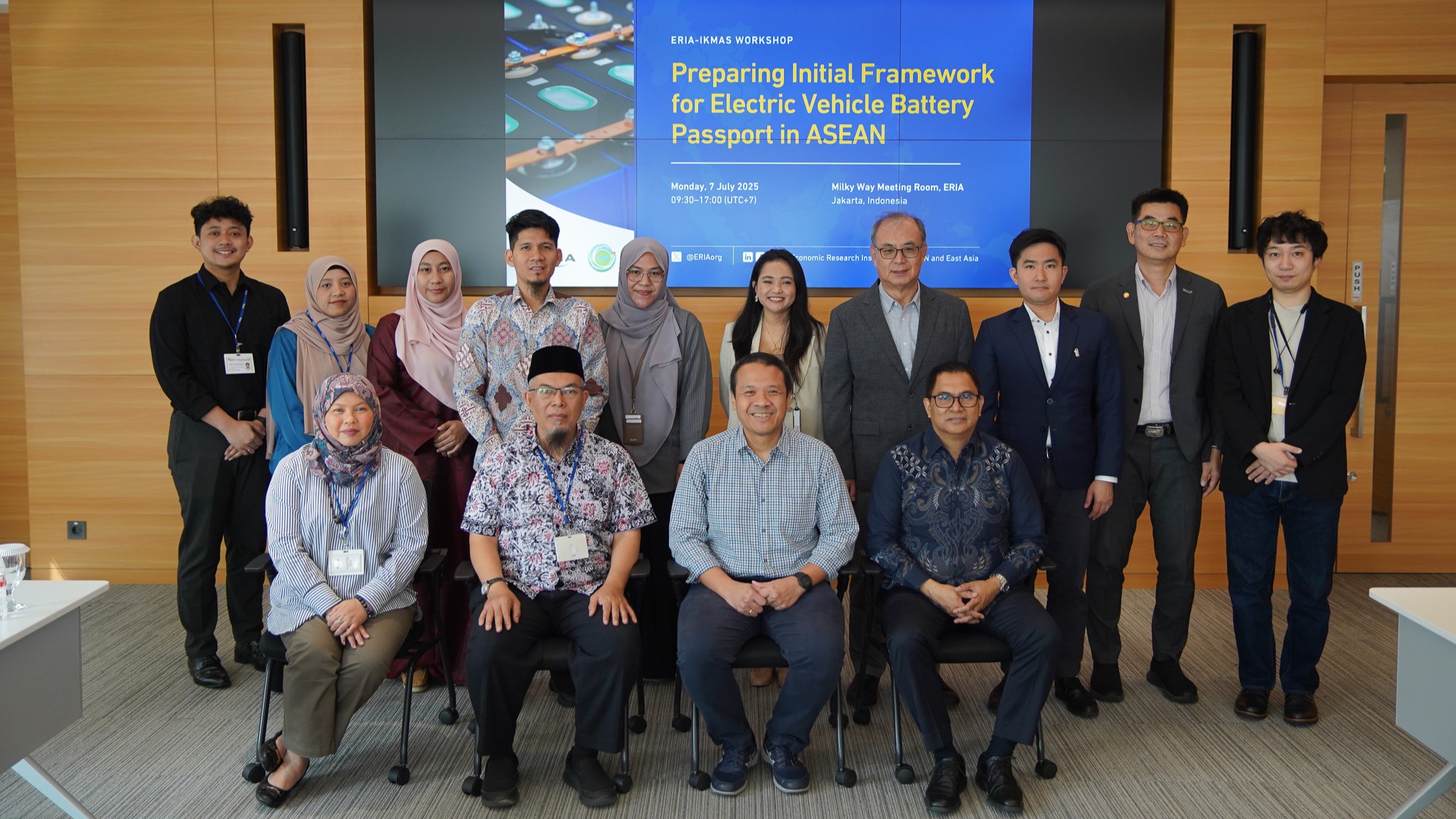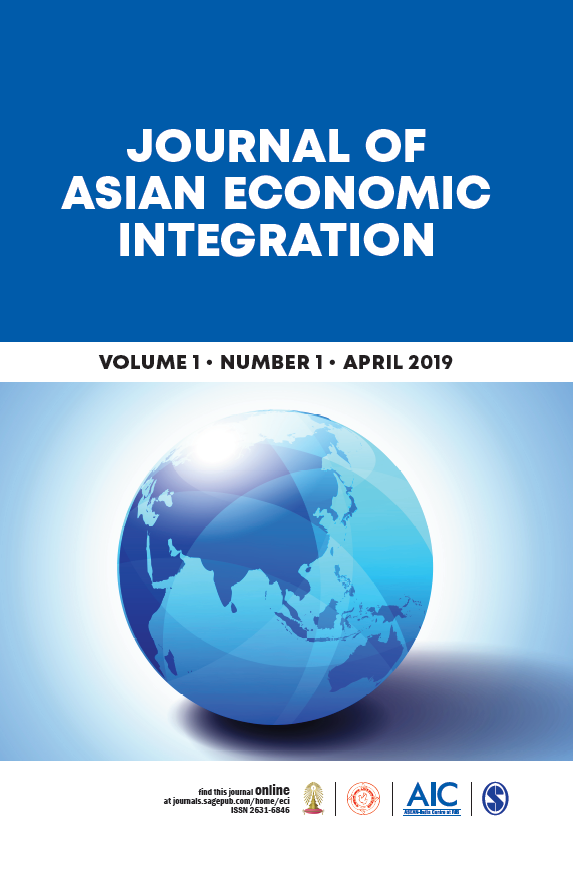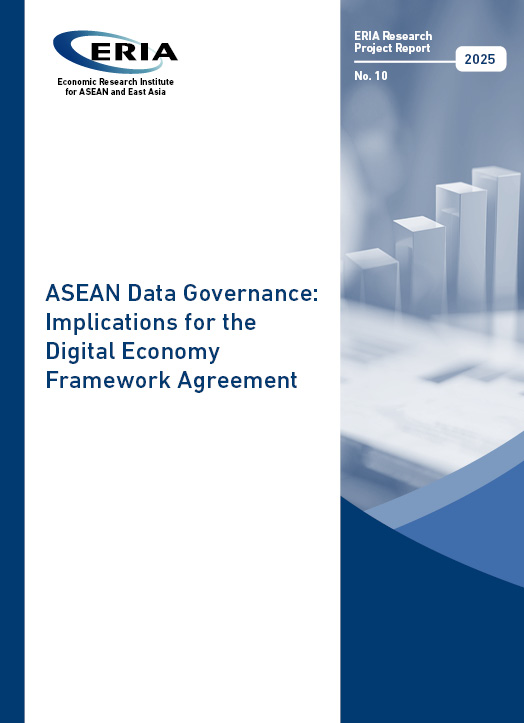ASEAN, East Asia Must Increase Annual Solar Capacity by 25% to Reach Climate Goals by 2030, Says ERIA Expert
Share Article:
Print Article:
Jakarta, 27 February 2023: To meet their climate goals, the ASEAN region and East Asia must increase by 25% their annual solar capacity by 2030, and that opportunities and challenges in the solar value chain must be identified. The recommendations were made by Dr Venkatachalam Anbumozhi, Director of Research Strategy and Innovation at the Economic Research Institute for ASEAN and East Asia (ERIA), at a workshop organised by ERIA and the Environmental Economic Research Group at the Institute of Economic and Social Research, Faculty of Economics and Business, Universitas Indonesia (LPEM FEB UI). The workshop, Enabling the Development of Solar Supply Chains in ASEAN and East Asian Regions, brought together emerging ideas, practices, and policy pathways to enable the development of solar supply chains in the ASEAN region and East Asia.
In the first session, chaired by Ms Tsani Rakhmah from USAID Sustainable Energy for Indonesia’s Advancing Resilience, participants discussed solar photovoltaic (PV) supply chain readiness in ASEAN, the status of solar energy demand and supply, and evolving good industrial practices. Dr Anbumozshi discussed the competitive position of ASEAN and India’s Northeastern Region in strengthening the resilience of solar supply chains. Mr Septia Buntara, representing the ASEAN Center for Energy (ACE), elaborated on the market potential and supply chain of solar PV in ASEAN, whilst Mr Aloysius Damar Pranadi and Mr Bagus Mudiantoro, both from Castlerock Consulting, discussed solar PV supply chain integration and trade-related measures.
Dr Anbumozhi said it had become imperative to develop narratives that strive for competitive and resilient regional solar supply chains. He classified four pathways: dispatchable technology combined with storage, high-efficiency processes to supplement fossil fuels and variable renewables, appropriate application of incentive policies and regulatory frameworks, and flourishing domestic industry and upstream raw material supply.
Mr Buntara said he believed in ASEAN's potential in the solar PV market. He argued that China's dominance in the solar PV market would shift to ASEAN due to its geographical location, which has a competitive ecosystem for PV development, investment, and new formulations, with costs for polysilicon, ingot, and wafer production up to four times lower than in the US, Europe, and India.
Mr Mudiantoro and Mr Pranadi shared lessons learnt of solar PV supply chain in Malaysia, Viet Nam, and Thailand, citing right policy, collaboration between stakeholders, clear quota and transparent processes in solar PV tender and procurement, incentives to foster the solar market, and human capital as necessary to create an ‘ideal’ solar PV supply chain.
The second session, chaired by Dr Alin Halimatussadiah of LPEM FEB UI, discussed solar supply chain readiness for solar PV expansion in Indonesia, Malaysia, Thailand, and Myanmar. Six speakers provided valuable insights on country solar PV development: Ms Rakhmah; Mr Fabby Tumiwa, Executive Director, Institute for Essential Services Reform; Mr Linus Sijabat, Chariman of Solar Module Manufacturers Association (APAMSI); Dr VGR Chandran Govindaraju, Professor of Industrial Development, University of Malaya; Dr Amornrat Limmanee, Solar PV Research Team Leader, National Energy Technology Center, Thailand; and Mr Hang Za Dal, Renewable Energy Project Developer, Myanmar.
Ms Rakhmah said that Indonesian solar PV manufacturers were in a competitive position to expand domestically and regionally as Indonesia was on course to meet its renewable energy targets from solar PV generation. She added that Indonesia was capitalising on opportunities created by China's economic slowdown, which may shift the country’s dominance in the solar PV supply chain.
Mr Tumiwa explained that Indonesia would require a cohesive long-term solar PV manufacturing policy to support its massive solar PV expansion plan. However, he said the country was facing several major challenges such as lack of a stable policy environment, limited domestic downstream industries, and unavailable upstream solar panel industry.
Mr Sijabat reported that the Indonesian solar PV market lacked both demand and supply although it had regulations. He said a wide range of action points were needed to transform the solar PV market from regulation to realisation. He advised the government to enact fiscal and non-fiscal incentives to support local manufacturers and foster upstream solar PV industries.
Dr Govindaraju said that Malaysia had become one of the world’s largest producers of solar PV products due to the country’s paradigm of using solar energy to promote trade and employment, which may result in a wide range of collaboration opportunities, such as technology transfer and bilateral trade in raw materials with ASEAN and India.
Dr Limmanee explained that high investment cost, China’s dominance in the cost competitiveness of solar PV supply chain, and the electricity-intensive process had become bottlenecks pushing the solar PV value chain in Thailand to flourish.
Like the other speakers, Mr Hang Za Dal highlighted the importance of sound policy and well-integrated manufacturing process to incentivise the flourishing of solar PV supply chain in the ASEAN region and East Asia.
The participants provided valuable feedback and asked whether improving local solar PV supply chains would lead to better pricing for local solar modules. The panel responded that reducing the cost of solar PV depended on scale and technology, both dominated by big players such as China. Thus, it had become difficult for new players to enter the solar PV supply chain. However, as demand in the ASEAN region and East Asia was palpable, the speakers agreed that the multiplying social-economic benefits that would prevail in the long run should serve as additional inducements for new players to enter the solar PV supply chain.
Concluding the workshop, the participants called for a deepened understanding of creating a unified solar PV value chain in ASEAN, East Asia, and India by increasing national production capacity, improving the manufacturing process to make it more cost-effective, and removing technological and political bottlenecks at the sub-national level that prevent local industries from flourishing.
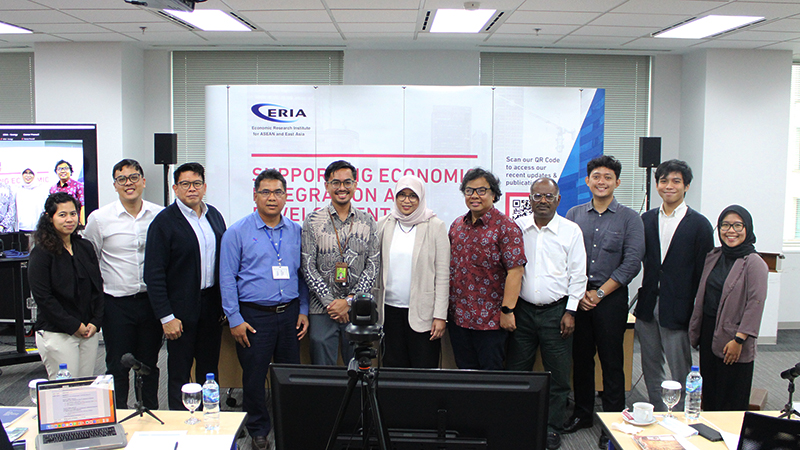
.jpg)
.jpg)



